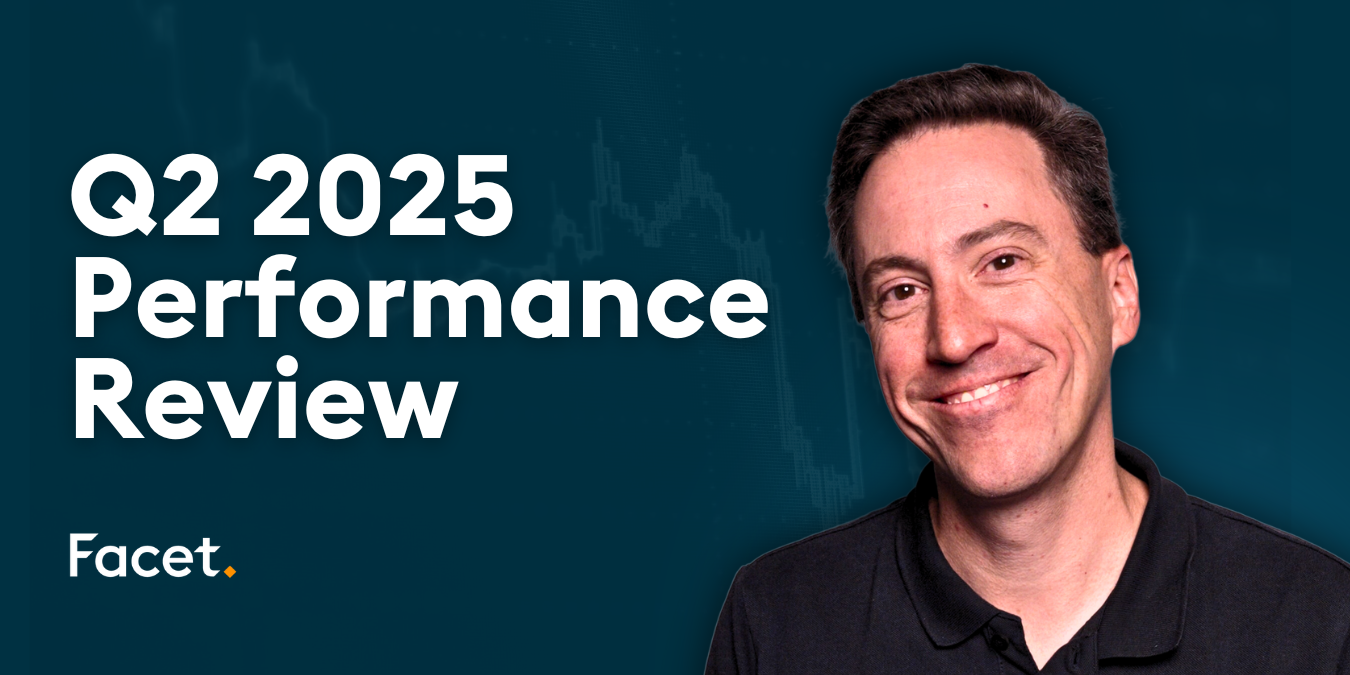
The information provided is based on the published date.
Key takeaways
- Your 401(k) savings come mostly from you, but your employer can also put money away on your behalf
- You can choose between before-tax and after-tax (Roth) savings with most plans
- You are in charge of how you invest your 401(k), and options are typically limited
- Your 401(k) is one piece of your retirement puzzle and must integrate into your broader financial plan
401(k) plans are retirement accounts established by companies, offering substantial tax benefits and flexibility.
These accounts provide a secure avenue for employees to save for their future, ensuring financial stability during retirement. For most workers, they are the backbone of their retirement strategy.
Whether you are enrolling in a new plan, on your way to saving for retirement, or somewhere in between, your 401(k) is essential to your overall retirement plan.
Learn everything you need to know about your 401(k) and confidently pave the way to shaping your dream retirement.
How much can you stash away?
There are two main ways money gets into your 401(k) – your savings and what your company saves on your behalf. These are called contributions.
Your contributions
This is how much you save, or have deducted, every time you get a paycheck. There are limits to how much you can save each year. For 2023, the cap is $22,500 for those under 50 and $30,000 for those over 50. You can contribute any amount from $0 up to those limits. Typically, you elect to contribute a percentage of your pay, but some companies allow you to do a flat dollar amount.
Your company's contributions
You will often hear this called your employer match. There are other, less common, types of contributions like a share of profits – called a profit share – and amounts that are not tied to how much you contribute – called non-elective contributions. Not all companies make contributions, but, if they do, company contributions do not affect your annual contribution limit.
Matching contributions are made based on a formula.
For example, let’s say your company matches your savings on a dollar-for-dollar basis up to 3%. If you contribute 2%, they will match 2%. Contribute 3% and they will contribute 3%. Contribute 10%? They still only contribute 3%.
Some of your company’s contributions may not be yours right away. This is known as a vesting period.
You may have to work at the company for a specified amount of time for the money to officially change hands. Matching and vesting schedules vary by plan so check with your company.
How much should you contribute to your 401(k)?
Start with contributing enough to get your employer match. It’s free money so don’t pass that up.
Maxing your contributions is typically the ideal goal, but it has to make sense for your plan.
The right amount depends on where you are in life, your other priorities, and what amount makes sense for your retirement.
How your 401(k) contributions are taxed
When you contribute to your 401(k), you will have the option to save on a before-tax basis or after-tax (or Roth) basis.
Pre-tax contributions
With pre-tax contributions, you don’t pay taxes today but you will pay taxes on your money, and any growth, when you withdraw it.
Example: If you make $100,000 and save $10,000 to your 401(k), you will only pay income taxes on $90,000 today, but you will pay taxes on these contributions when you take them out in retirement.
Roth contributions
Roth savings are the exact opposite of pre-tax savings. You pay taxes today but your savings and your growth are not taxed when you pull the money out in retirement. Not all plans allow Roth contributions.
Example: If you make $100,000 and you save $10,000 to your plan, you will pay income taxes on the full $100,000 today, but you will not pay taxes on these contributions when you take them out in retirement.
Two additional notes on taxes:
- Aside from how the money is taxed today and in retirement, the growth on your savings is always tax-free so you do not pay taxes while your money is in the account.
- The employer contribution is always on a pre-tax basis. So even if 100% of your savings are Roth contributions, you will end up with pre-tax contributions from your employer.
Which contribution type is right for you? This needs to be customized for your plan.
It depends on your existing retirement savings, the other accounts in which you invest, and what you think your tax rate will be in retirement compared to today.
If your tax rate will be lower in retirement, save on taxes now and pay them later. If the opposite is likely to be true, use the Roth option and pay taxes now so you don’t pay them later.
How to find the right investment strategy for your plan
Each 401(k) plan offers a unique set of investment options that are typically limited to a list of mutual funds.
A mutual fund is an investment, managed by a professional “fund manager.” The fund manager collects money from multiple people (investors) to buy groups of stocks, bonds, or a combination of the two.
Some 401(k) plans also have other investment options – like company stock – so check with your employer.
There are two types of mutual funds you might see:
1. Individual mutual funds
Most 401(k) plans offer a group of funds you can choose to put your money into (fund lineup).
Options can include US stocks and bonds, international stocks and bonds, and even funds that let you invest in real estate.
Be aware that if you choose to invest in individual mutual funds, you’ll need to pick all of them yourself and make a plan to adjust your investments over time.
(If this sounds overwhelming, you can also work with a CFPⓇ professional who will help you decide which funds are best for you.)
2. Retirement (Target Date) funds
Target date funds take care of the majority of investment strategy and planning for you.
Typically, you pick one fund based on your estimated retirement date (e.g., 2040). Then the fund diversifies your money across multiple mutual funds that automatically change over time. Usually, the mix of stocks and bonds in the fund are adjusted to reduce your risk over time.
How do you create a strategy that is right for you?
- First, discover your options.
- Second, consider how much time you have to invest, your risk tolerance, and other investments.
- Third, look for low cost options.
How to integrate your 401(k) into your bigger life picture
Your 401(k) is a very powerful tool with great tax benefits if you know how to use it.
After making your initial elections, it's important to review your strategy annually. Assess if adjustments are needed to your investments, savings, and contributions.
Regardless of whether retirement is just around the corner or decades away, making smart decisions with your 401(k) plan now is essential to reaching your savings and investment goals.
Tom Graff, Chief Investment Officer
Facet Wealth, Inc. (“Facet”) is an SEC registered investment adviser headquartered in Baltimore, Maryland. This is not an offer to sell securities or the solicitation of an offer to purchase securities. This is not investment, financial, legal, or tax advice. Past performance is not a guarantee of future performance.


